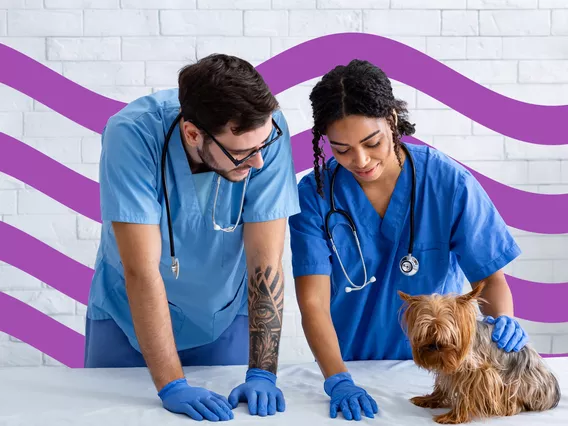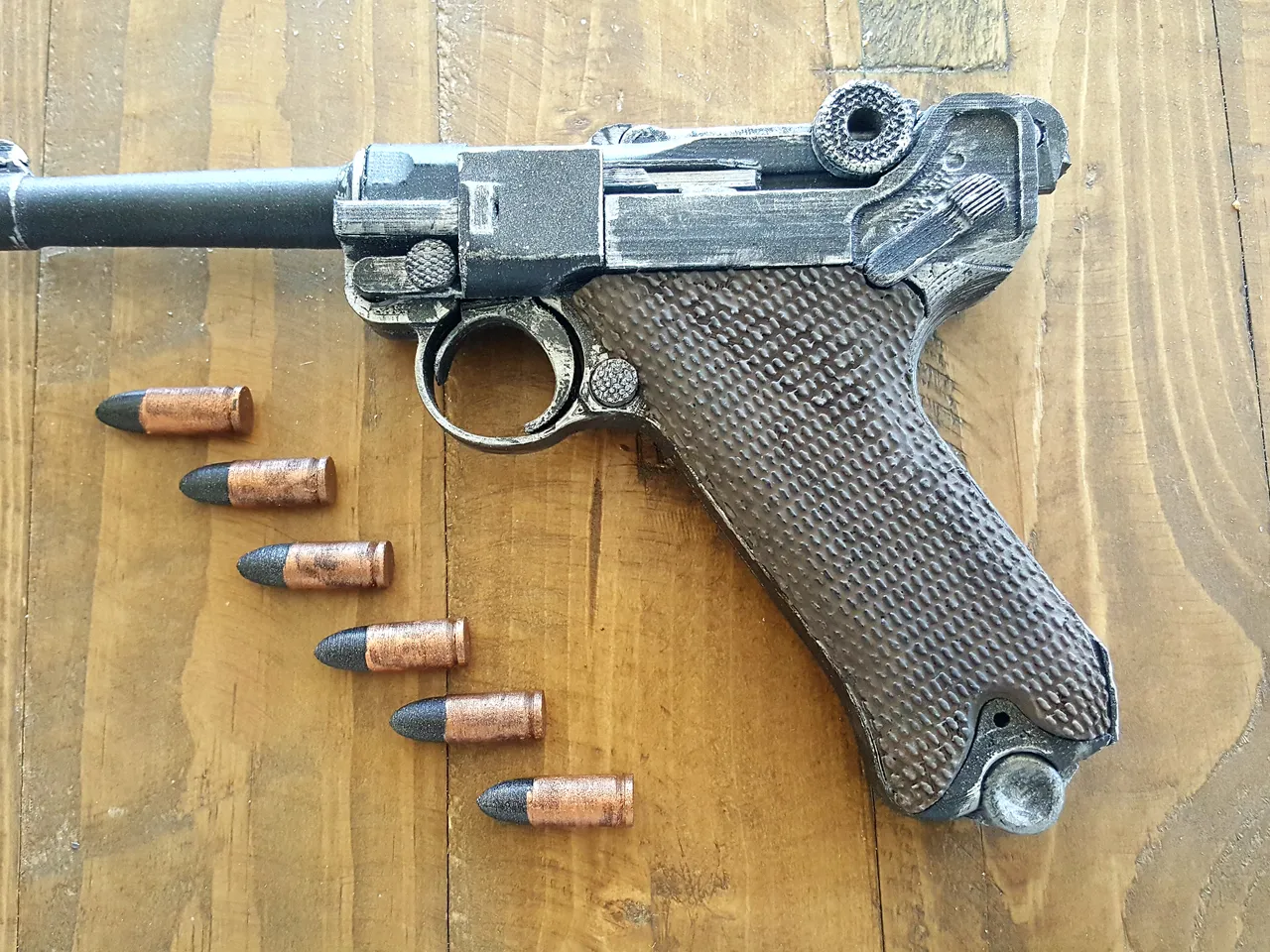If you’re a pet owner, you probably know about the “cone of shame.” While useful in preventing animals from licking wounds, pets often look very sad trapped in a plastic cone. Luckily, you have several dog cone alternatives to consider.
When are dog cone collars necessary?
If your pup recently had surgery, like a spay or neuter procedure, a dog cone collar prevents them from licking, biting, or scratching their wound while it heals. Dog collars can be problematic for many pets, however. If yours is one of them, it pays to research alternatives.
Challenges of traditional dog cones
Traditional dog cones might create problems for a few reasons. For starters, pet cones can be uncomfortable for many pets and can even cause them to experience psychological distress.[1]
Traditional dog cones can also:
-
Make it challenging for your dog to eat and drink
-
Limit play opportunities
-
Make walking your dog cumbersome
-
Cause your pet to fall or bump into walls because its perception of space is different
Learn More: What Does Pet Insurance Cover and Is It Worth It?
Best alternatives to surgical dog cones
If your pet hates wearing a dog cone, or it upsets you to see it wearing one, you have options. These alternatives can still help maintain a clean and healthy wound site without putting a cone around your pet’s head.
Soft collars
These are sometimes called a “comfy cone,” “comfy collar,” or a “pillow collar.” They resemble a cone, except they’re made of soft fabric. Because they maintain a cone shape, soft collars can still block your pet’s peripheral vision. Soft collars are more comfortable than their hard plastic counterparts, though.
However, because they’re fabric, your pet might be able to chew through them, exposing the wound to further irritation.
Keep Reading: How Can You Lower Pet Insurance Costs?
Inflatable collars
They may look like pool floaties, but inflatable collars are very popular with many pet owners, in part because they allow your pet to maintain its peripheral vision. Inflatable collars are available in a wide array of fabrics and colors. They can also be deflated, which makes storing them easier.
Protective clothing and onesies
Protective clothing — such as recovery suits and recovery sleeves — is made from comfortable fabric. It can even have space for gauze pads if your pet needs them. Protective clothing success with your pet will depend on its comfort level with having an additional layer of fabric on its body. Some pet owners also purchase onesies or use one of their own T-shirts to make a protective layer. While those might help protect mild wounds, it’s still possible for pets to scratch through layers of thin fabric.
Hind-leg and front-leg protection
If your pet has a wound on its leg, you can also try placing a sock or a bootie on the limb. This will be more comfortable than wearing a cone. However, unless fitted very well, such guards can easily fall off.
Other options
If none of these options works for your situation, you could ask your vet about medication to prevent pain or itching. Reducing the wound’s sensation might help your pet stop licking it.
Other ways to reduce your pet’s discomfort
Going through surgery can be difficult for any pet. Fortunately, you can reduce your pet’s discomfort and pain and give it extra care during this time.
Here are some ideas:
-
Ensure your pet has a comfortable place to rest undisturbed. Place extra pillows or blankets in your pet’s rest area. You can even add one of your old shirts in its bed so your pet has the comforting scent of you while recovering.
-
If your dog is supposed to rest in a crate, ensure the crate is large enough to accommodate a collar or collar alternative. Your pet should be able to turn around in its crate without bumping into the sides, even while wearing a cone. If your crate isn’t large enough, ask your friends, family, or even your vet if they have one you can borrow when your pet is in recovery.
-
Purchase new toys or gentle games and keep cycling through them to keep your pet interested. Check on your pet often to assess its mental well-being and see if it’s feeling better or worse after surgery.
-
Give your pet extra attention by petting and speaking to it softly. What your pet likely needs most during this time is to feel like it’s not alone. Surgery can be scary for humans, and animals can feel afraid, too.
-
Place your pet in an area where it can look outside. This can be especially beneficial if your pet can’t go for a walk or play during recovery.
Surgical dog cone FAQs
Here are answers to some frequently asked questions about surgical dog cones. If you have a question not answered below, consult your veterinarian to ask about best practices when it comes to dog cones or cone alternatives.
-
What is a surgical dog cone designed to do?
A surgical dog cone — also called an e-collar — is specifically designed to prevent your pet from licking or biting its incision site after surgery. It can also be used to prevent pets from licking cuts or wounds to help them heal faster.
Surgical dog cones fit around your pet’s head and limit its movement, preventing it from accessing its wound or stitches. This speeds up healing without impeding the recovery process.[1]
-
How long does your dog need to wear the cone?
It depends. In general, your pet needs to wear the cone until its wound is healed. Some veterinary offices say to keep the cone on for one to two weeks after regular surgery and six to 12 weeks if your pet had orthopedic surgery.
Every situation is different, so consult your veterinarian to learn how many days your dog should wear the cone or a cone alternative, depending on your pet’s specific wound and situation.
-
Can your dog sleep in a crate while wearing the cone?
Yes, your dog can sleep in a crate while wearing a cone. In fact, some veterinarians might recommend it, especially after orthopedic surgery.
The key to keeping your dog comfortable while wearing a cone in a crate is to ensure the crate is large enough for it to move around. It should be able to turn around while wearing the cone. You may need a larger crate than you typically use.
-
How do you know if the cone fits correctly?
You should be able to place two fingers in between the cone and your dog’s neck to ensure your pet has adequate space. Your dog shouldn’t be able to take the cone off by itself. Make sure there are no hard edges or overlapping plastic digging into your dog’s fur, which could cause discomfort.
-
How can you stop your dog from taking off the cone?
If your dog keeps taking off its cone, it could be because it’s not fitted correctly. Ensure the cone is snug around your dog’s neck by tying it tightly until you can only fit two fingers between the cone and your dog’s neck.
If your dog is still able to get the cone off, consider purchasing a cone alternative like the ones listed above.





